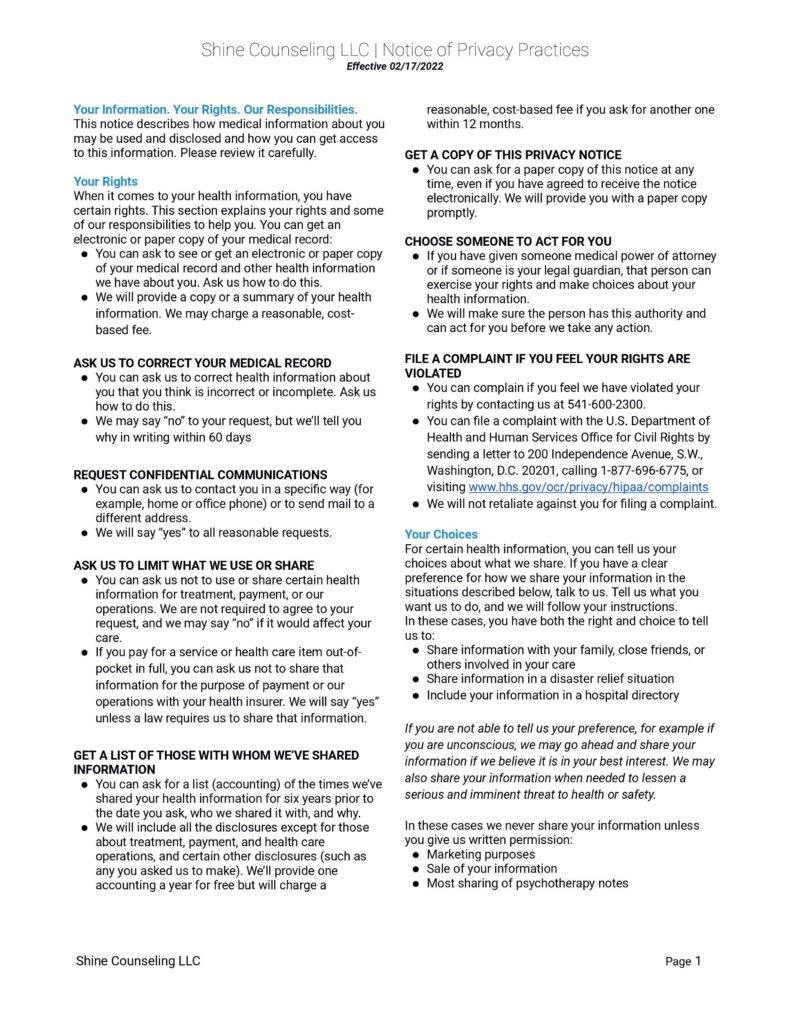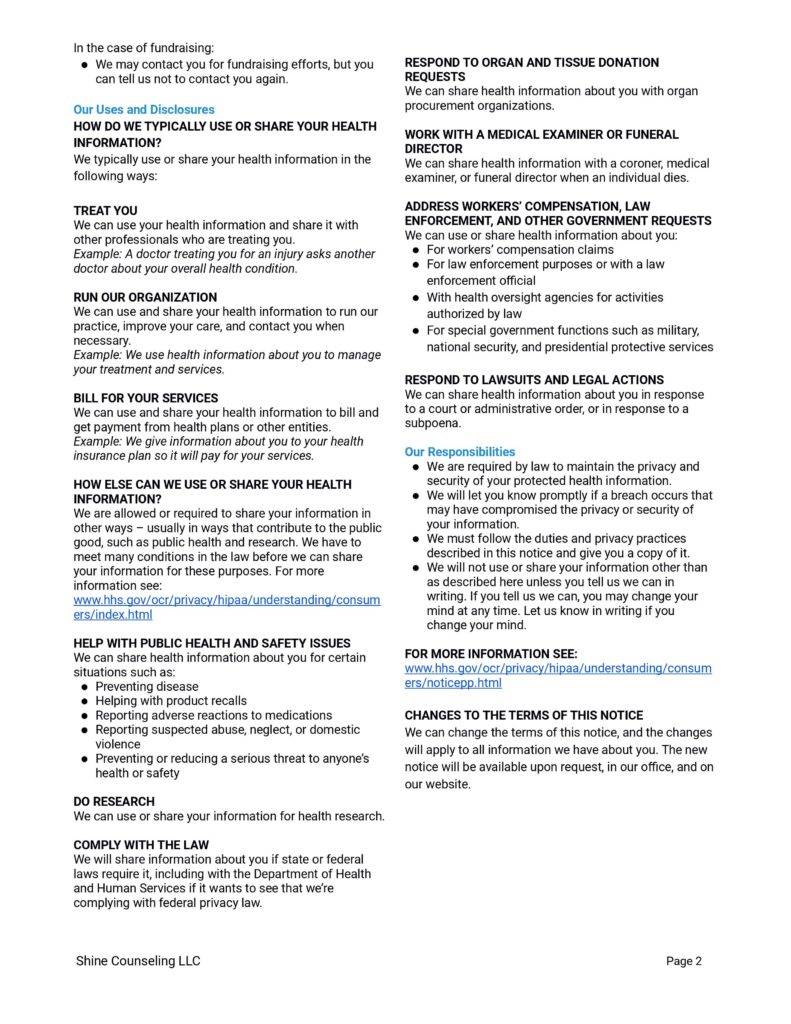EMDR Therapy and Counseling
EMDR Therapy and Counseling
Home - Therapy and Counseling Services - 8 Phases of EMDR Therapy
Everything about Eye Movement Desensitization & Reprocessing Therapy
Your well-being is, without overestimating, one of the most critical factors of your life. We care for your health and belief that all of us can heal. Therefore, we want to offer you this guide about EMDR Therapy and its uses in counseling sessions with professionals. This page has in-depth information about the benefits and efficiency of EMDR therapy. We hope that it can help individuals regain control of their lives. Here is what we are going to learn about today:

Table of Contents
What is EMDR Therapy?
Eye Movement Desensitization & Reprocessing (EMDR) therapy is a well-researched, highly effective psychotherapy. It can help people overcome trauma and other distressing life experiences such as anxiety, depression, and panic disorder.
EMDR therapy has a range of benefits primarily targeted towards those who are facing trauma-related symptoms. This type of therapy can be beneficial to someone experiencing signs and symptoms of PTSD, Anxiety, self-esteem issues, and more. It can even help with chronic pain. Mainly when joined together with other treatment approaches such as talk therapy, EMDR’s detailed phases have proven to be very effective in helping to relieve a person’s trauma. Some who go through EMDR therapy, for example, are partially rid of their PTSD symptoms while others overcome them entirely. This eventually allows them to be able to think about the event without feeling overwhelmed.
History of EMDR Therapy
When Francine Shapiro noticed that distressing memories were connected with eye movement, she began a lifelong journey towards developing and refining EMDR therapy. Although some were skeptical of her ideas, Shapiro’s theory has held several case studies, clinical trials, and tests from well-known, trustworthy organizations. The World Health Organization (WHO) and the American Psychiatric Association (APA) are notable examples. Unfortunately, Shapiro is no longer with us. Her legacy lives on in many trained, professional therapists who take her ideas to heart, implementing them along with their clients to create a happier, healthier world.


Who can benefit from EMDR Therapy and how effective is it?
EMDR is a well-researched therapy that has proven to be effective in many different cases. Because it concentrates on physical movement and the brain’s natural tendency to focus on a negative image or event, EMDR therapy can help anyone who feels distressed about or “stuck on” a certain event in their past. It is especially helpful to those who have experienced ongoing symptoms of PTSD or anxiety who wish to achieve relief as the therapist works to teach the client how to actively resolve the negative memories that they face.
Once the EMDR therapy has been deemed completed and successful, the client should be equipped with the ability to not only feel more confident about their past, but with skills to help center themselves if they ever feel overwhelmed or emotionally distressed in the future. Because of this, EMDR therapy is not only effective when the client is with their therapist, but also while they continue in their day-to-day life with their new, successful techniques.
Differences between online and in-person EMDR Therapy
Different forms of online therapy can benefit specific groups of people such as students, military personnel, international clients, etc. Many components of online EMDR therapy are the same as in-person therapy. For example, the therapist still must explain the techniques of EMDR Therapy and tell the client what to expect out of treatment. An online EMDR Therapist might ask the client to place something next to their screen to help them see when their client’s eyes move. They may also have them squeeze a soft thing in their hands as they think about the event. This will still allow the therapist to understand how the client feels based on their physical responses to the trauma. An online therapist may check in with their client more often than an in-person one to ensure that they are comfortable with their session with the therapist, not physically there. Both are effective methods of therapy.
Does Shine Counseling offer EMDR Therapy?
Yes! Shine Counseling offers professional, high-standard EMDR therapy to those who may be seeking help. Our counselors are well trained in each phase of EMDR and are more than willing to help you achieve your goals with their extensive knowledge in the field. Shine Counselors are happy to assist you with any and all of your EMDR questions and needs if you feel this process may be proper for you.
In depth explanation of how EMDR works!
EMDR therapy is divided into eight steps or “phases” that build off each other as the patient begins to accomplish their goals. Once a phase is completed, both the trained therapist and the individual they are working with move onto the next step until the trauma is effectively or entirely relieved.
1. History and Treatment planning
The client’s road to recovery starts with providing information about past experiences and motives for coming to therapy. This could be a specific event that they would like to overcome or even a string of events that have guided the patient towards seeking help. Once the therapist better understands what the client is looking to achieve through therapy, they can begin to create a treatment plan that works to help with the client’s specific needs. One crucial detail that the therapist must understand is what current situations or thoughts cause the client distress. After these are identified, the therapist can determine what they believe the client needs to do before achieving relief. By working together, goals can be set, and the pair can move onto the next phase.
2. Preparation
To prepare the client for beginning their EMDR journey, the therapist will explain their techniques and what EMDR therapy is. This allows the client to understand what they will be doing but helps to create a line of trust between the therapist and the person seeking help. It is essential to trust your therapist to tell them the most accurate, meaningful information about your feelings. The trust will continue to build as you begin to see results and feel comfortable talking to your therapist. When dealing with trauma, it is perfectly natural for the client to experience emotional distress as they begin to unpack their experiences. The therapist knows this and will teach the client some basic, distress-relieving techniques that they can use before, during, or after a session to make themselves feel as calm as they can. The therapist’s number one goal is to make sure the client can comfortably take on the challenges they may face.
3 Assessment
To prepare the client for beginning their EMDR journey, the therapist will explain their techniques and what EMDR therapy is. This allows the client to understand what they will be doing but helps to create a line of trust between the therapist and the person seeking help. It is essential to trust your therapist to tell them the most accurate, meaningful information about your feelings. The trust will continue to build as you begin to see results and feel comfortable talking to your therapist. When dealing with trauma, it is perfectly natural for the client to experience emotional distress as they begin to unpack their experiences. The therapist knows this and will teach the client some basic, distress-relieving techniques that they can use before, during, or after a session to make themselves feel as calm as they can. The therapist’s number one goal is to make sure the client can comfortably take on the challenges they may face.
4 Desensitisation
The Desensitization phase works to identify any similar experiences that may also bring up emotional distress for the client. The therapist will then introduce the client to the traumatic event as they work to solve the issue and other ones like it. The therapist will ask the client to use their Subjective Units of Distress Scale (SUDs) scale to gauge how they feel. The trained professional guides the client in sets of taps, eye movements, or sounds until the patient is relaxed and their SUD scale is at zero. At the same time, they are still comfortable and feeling safe. This helps the client learn to think about the event with lower levels of distress.
5 Installation
The Installation phase is where both the therapist and client begin to “install” the positive phrase created earlier into the client’s mind. This, over time, will replace the negative thoughts, resulting in emotional relief. The Validity of Cognition Scale, a therapy tool that is used in EMDR Therapy, among other modalities, is used to assess how valid cognition or an idea is to a person. This would be used in EMDR Therapy to evaluate how true an adaptive belief (positive) feels concerning a particular memory that is to be processed. The goal over time is to get them to a six or a seven, where they fully believe that they can achieve the positive thought they are trying to achieve or become.
6 Body Scan
The body scan is the sixth phase of EMDR. Clients are asked to observe and record their body responses while also thinking about the incident. This helps identify residual somatic distress. Furthermore, standard procedures using the Bilateral Stimulation (BLS) are used for processing any disturbances that the client may report. EMDR Therapists focus on the physical distress signs of the client, for example, a clenched fist or tightly shut eyes. Additionally, observing clients can also help to determine the effectiveness of the treatment. Suppose the therapist notices that there is still tension in their client’s body language. In that case, they will continue to work to resolve it. Once the patient can talk about the traumatic event without showing signs of distress, the therapist knows that they have improved significantly.
7 Closure
Lastly, for the treatment phases, we have closure. The goal of EMDR therapy is for the patient to feel better at the end of their session than they did at the beginning, so it is important to end on a positive note. This is not only achieved through the client’s use of calming techniques that they learned, such as asking the therapist to stop if they feel overwhelmed, but they are also told what to expect in-between their sessions so that they do not feel burdened by their experiences. Therapy may be difficult for some, but once the mountain is climbed, the patient can achieve relief from their distress.
8 Evaluation
Used at the beginning of each new session, the Reevaluation Phase helps the therapist determine the best treatment plan for their client. This may change little by little as they go so that the therapist can best adjust to their client’s needs. The Reevaluation Phase is important to ensure the long-term success of the treatment. Although clients may experience relief immediately after EMDR, it’s important to go through all eight phases so that the trauma can be handled to the best of both the therapist’s and the client’s abilities. This can prevent any future distress from appearing from issues that have not been fully resolved after only a few sessions.

Evidence Based Practice Research Resources
"Every person on this earth is full of great possibilities that can be realized through imagination, effort, and perseverance."
Frequently Asked Questions
There is no such thing as no communication. For instance, even when we’re silent, we’re communicating something. Perhaps we are not in the mood for a talk that speaks for itself, doesn’t it? On the other hand, when we are in an exploratory mood, we ask questions. As a result, our intellectual capacity increases.
It’s common (especially after learning so much new information!) to have questions about a specific type of therapy. So, let’s take a look at some of the most common ones asked about EMDR!

Because EMDR has so many stages, it is difficult to determine a specific time frame where someone would expect to see results. However, if a person learns to trust their therapist and work hard during their sessions, they can expect to see quicker improvements than someone who doesn’t.
It certainly can! Depending on the client, what obstacles they face, and how much they’ve improved, someone could experience relief from their symptoms. Others may experience partial relief, and this is where attending therapy and using techniques that a therapist has given them comes in handy.
EMDR has proven to be effective for certain phobias and disorders, specifically in PTSD and Anxiety. Although each client may respond to the treatment differently, many have been able to achieve some relief from their troubles with EMDR.
Home - Therapy and Counseling Services - 8 Phases of EMDR Therapy

